Of all the cookbook shoots Will and I worked on over the course of five months, the two weeks that we spent in Northern California this past spring were among my favorite… and mostly because it felt like we were vacationing, not working.
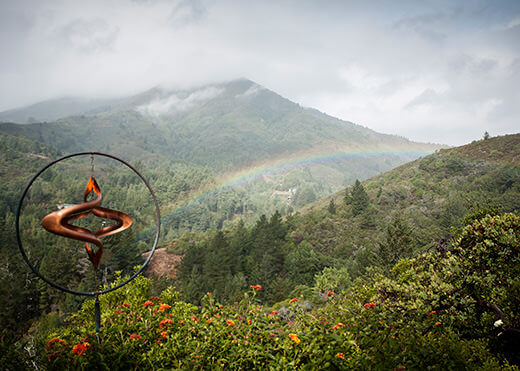
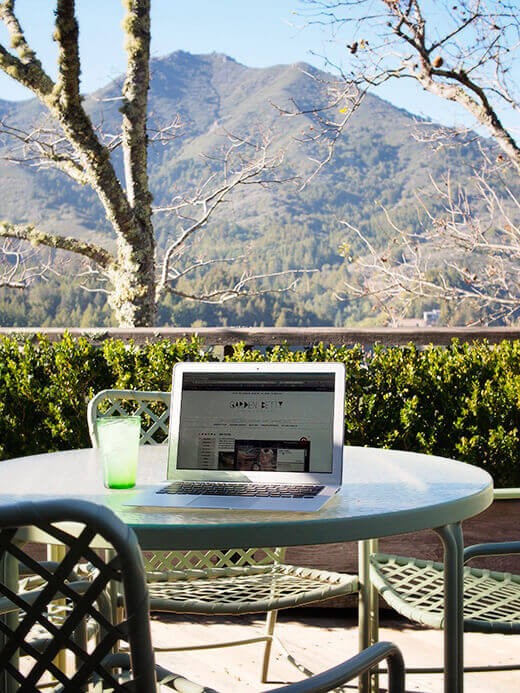
I mean, when your office for the week is on top of Mount Tamalpais, there’s not much to complain about.
We took over his mother’s house in Mill Valley, raiding her cupboards for beautiful pottery that his uncle made and well-worn cast iron that dated back to his grandmother’s era. It was almost like a treasure hunt in her home, unearthing old bowls and vintage silver that usually only made it onto the table for holidays.
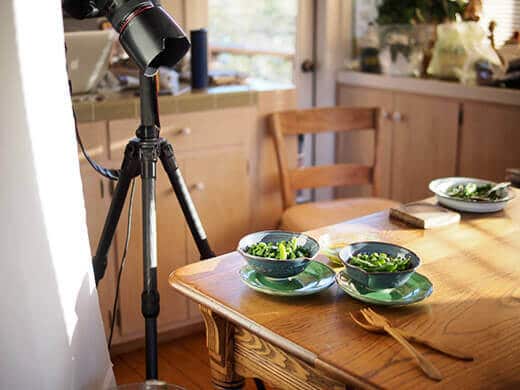
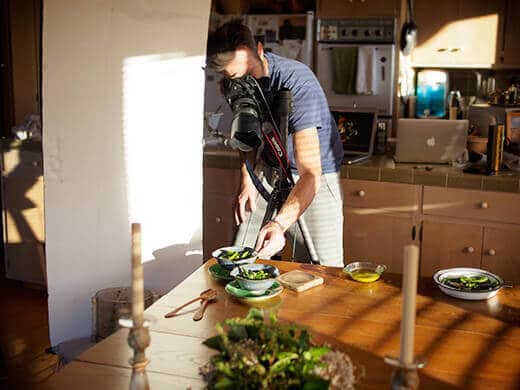
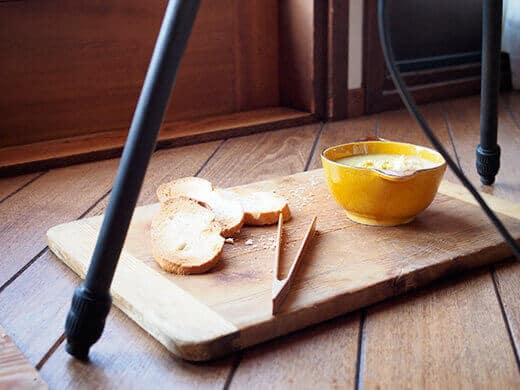
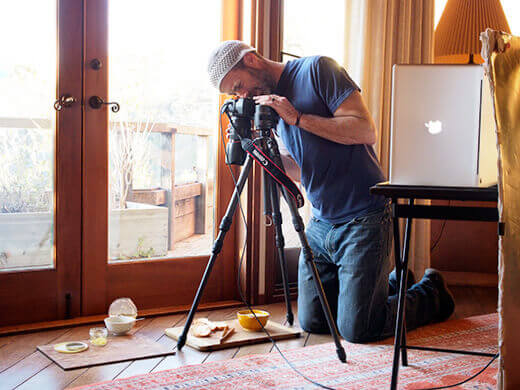
After ticking off a dozen recipes in Mill Valley, Will and I made our way an hour north to Point Reyes, where his brother and sister-in-law had a cabin on the shores of Tomales Bay. We spend every Easter with the family in Point Reyes, making pizzas by hand and baking them in the outdoor brick oven. (I almost developed a recipe for the brick oven, just so I could have an excuse to use it!)
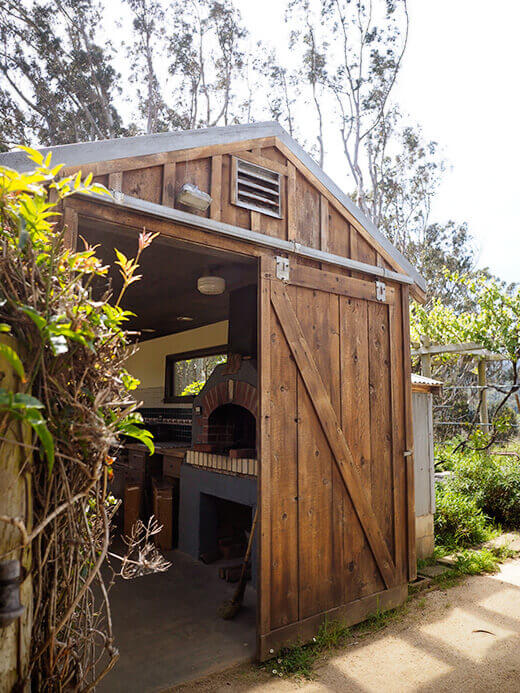
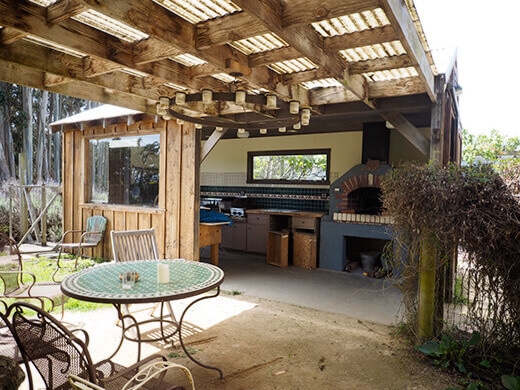
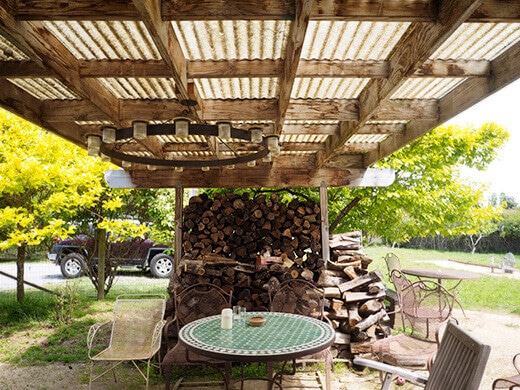
Our previous stays in the country were always far too short since we tried to squeeze in visits with our city friends afterward, so the few days we had to ourselves at the cabin — albeit “working” — was a dream.
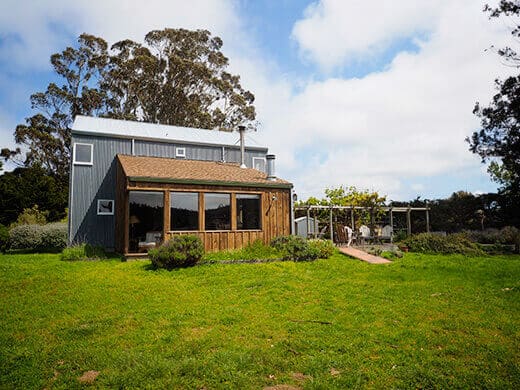
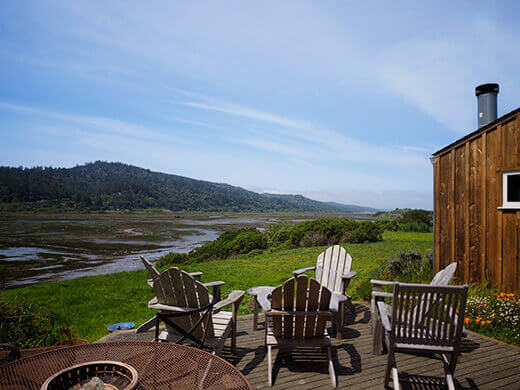
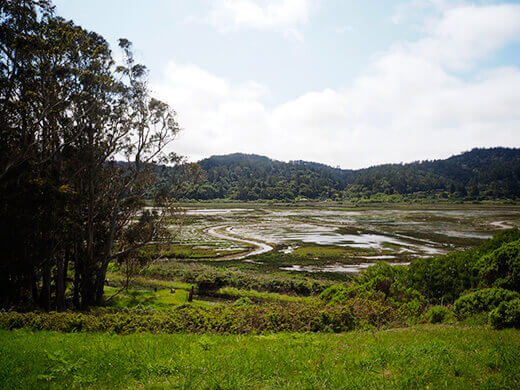

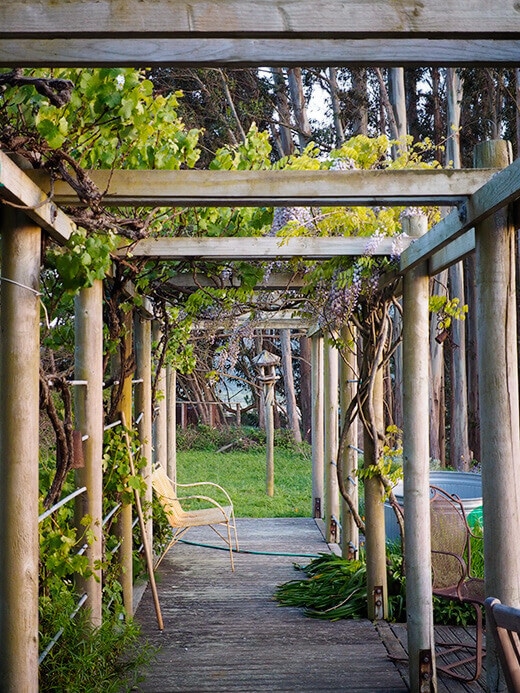
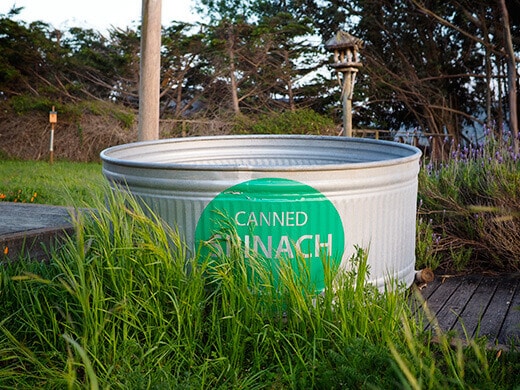
We stocked up at the San Rafael farmers’ market before hunkering down for the week with enough groceries to sustain us through the apocalypse. Judging by the amount of garlic I brought, you’d think we were shooting a garlic book.
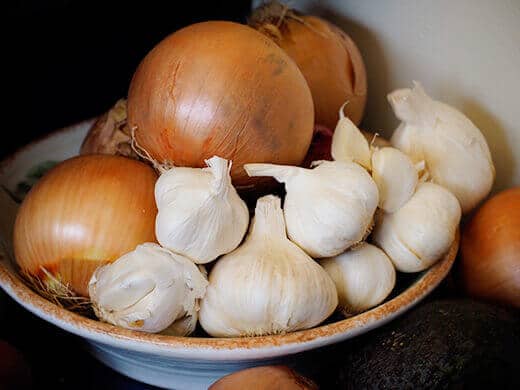
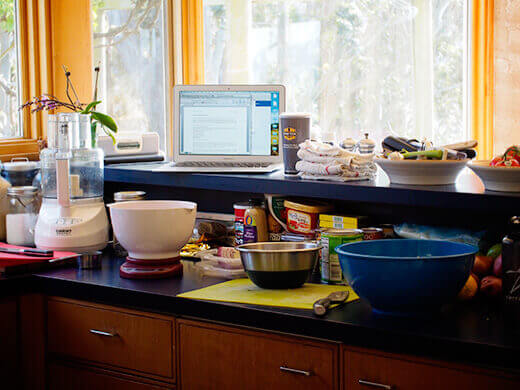
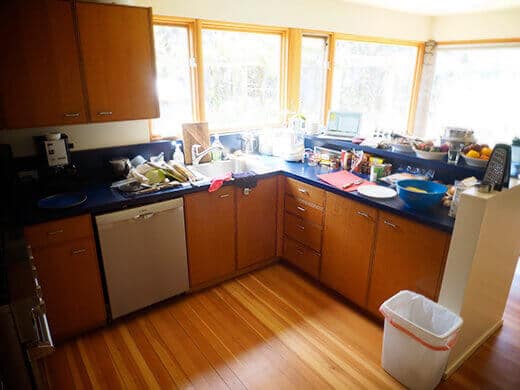


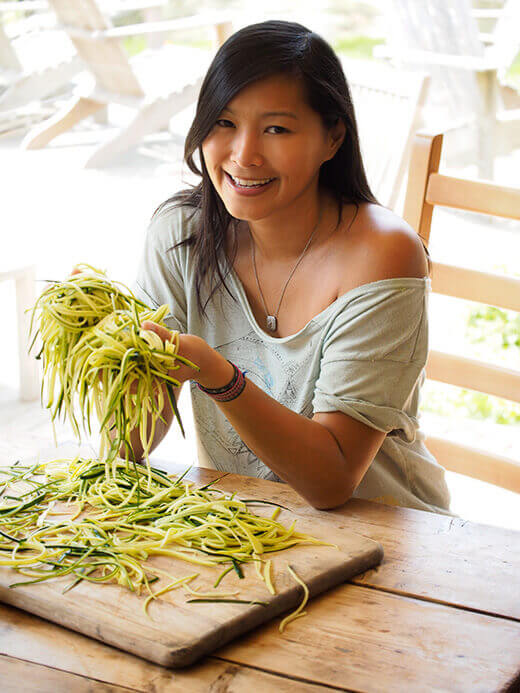
A lot of people are under the impression that food shoots use fake food to produce the perfect shot. And sometimes they do. National ad campaigns may have a stylist meticulously gluing sesame seeds onto a bun, major magazines may mix a can of frosting with a box of powdered sugar to recreate ice cream that won’t melt, and many more tricks of the trade exist with the aid of blow torches, mineral oil, motor oil, hair spray, white glue, and Scotchgard.
Since food tends to look its best right off the stove, and the final dish might not make it on set until it’s passed through the food stylist, prop stylist, and photographer (an hour later!), shortcuts are sometimes necessary to ensure the final product looks good from start to finish.
But lately there’s been a trend in the food world toward real food that actually looks real, from slightly singed edges to imperfectly tossed salads — the kind of food that looks like you could have made it yourself.
All of the food you see in my book are 100 percent real. We use fresh ingredients, make them in the same pots and pans and baking sheets you see in the photos, and because it’s sometimes hard to keep, say, a salad looking perky, I’ll have several servings on hand to switch out as needed.
Of course, two people could never take down the six meals a day, every day, that I made for our shoots, so we actually had our first (and only) assistant/intern/friend on set with us that week. His only job? To help us eat and clear the kitchen for the next meal!


We traveled with a pared-down prop kit that included linens and utensils, but relied on the charming array of wood surfaces in the cabin to shoot on, from the prep table in the pizza kitchen to the farm table in the dining nook.
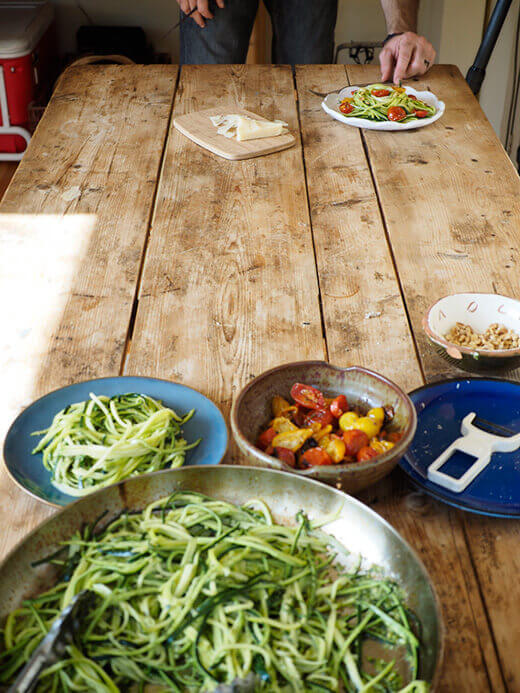
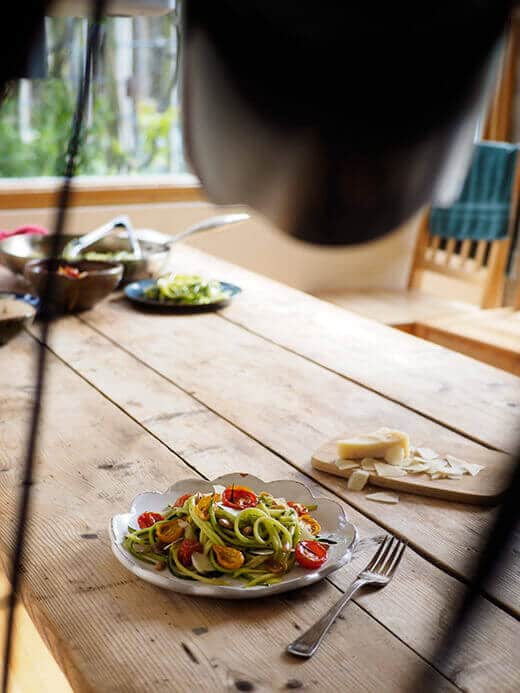
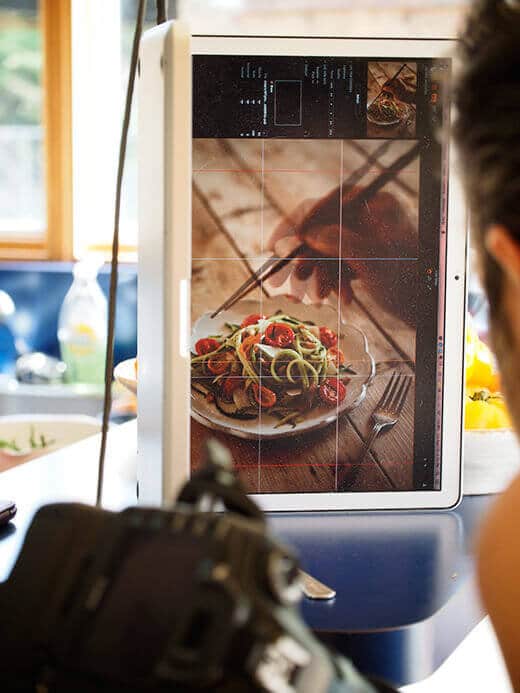
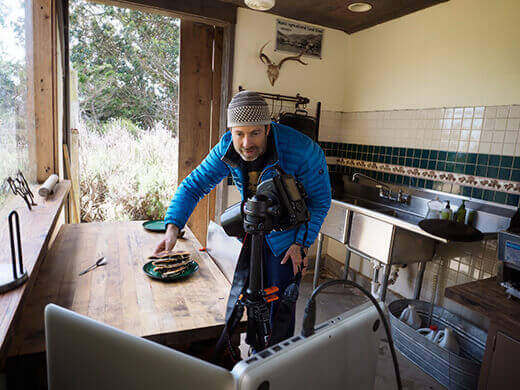
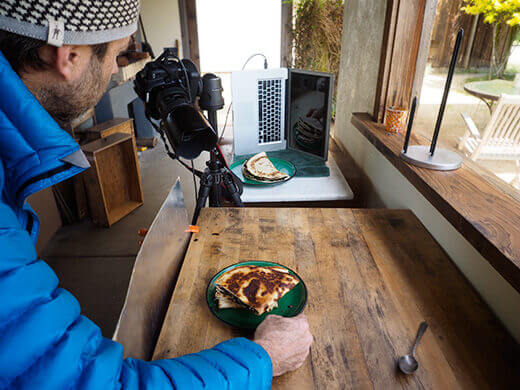
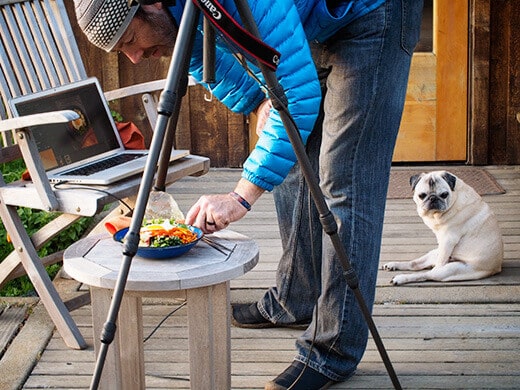
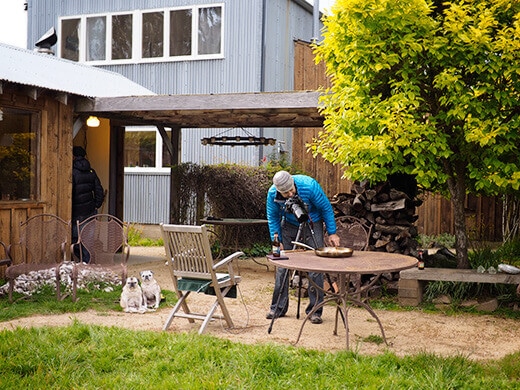
At the end of those long days, I’d park myself in this tidy little corner of the house (a much needed respite from the chaos of the kitchen), put up my feet and balance a heaping plate of food in my lap.
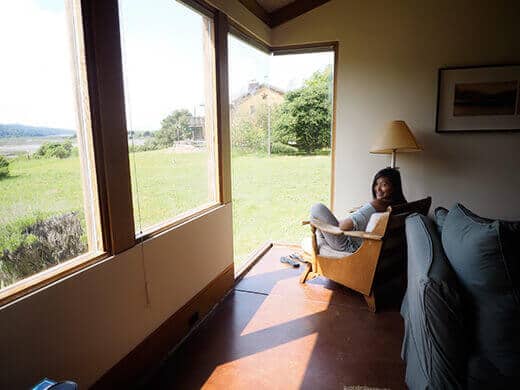
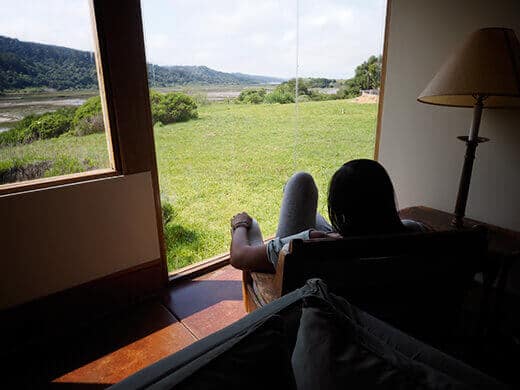
When sunset rolled around, we’d gather in the backyard and crack open beers for this view. (And to celebrate another day of recipes done… only a few more to go, including the cover shoot!)

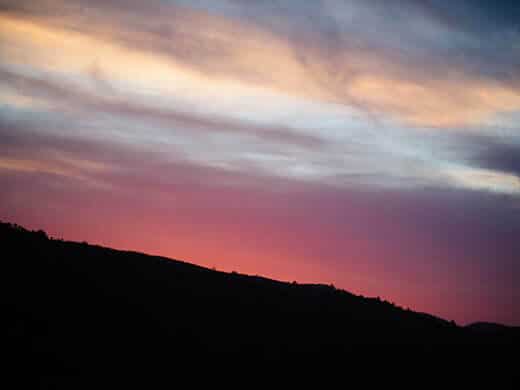
Read the full “Making of a Cookbook” series:
- El Libro: It’s Happening!
- The Making of a Cookbook: Writing the Manuscript
- Behind the Scenes of a Cookbook Photo Shoot (Part I)
- Behind the Scenes of a Cookbook Photo Shoot (Part II)
- The Making of a Cookbook: The Cover Shot


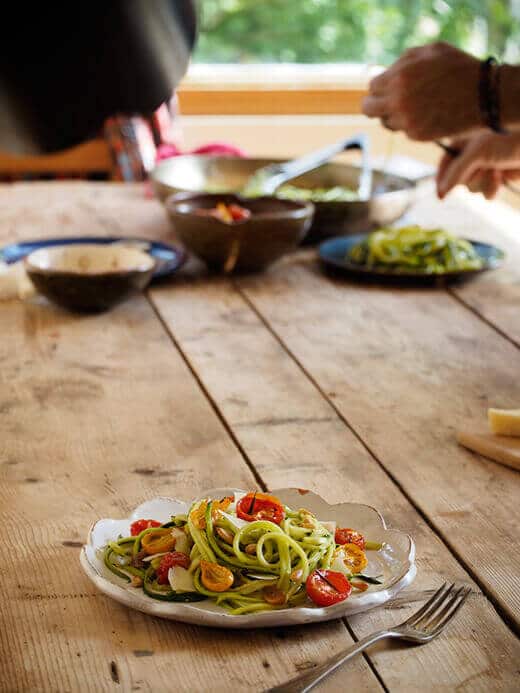













Wonderful. Fake food photo shoots are like the exercise how to cards in Women’s health- so pristine that you feel like a failure immediately. Thank you for keeping real food real. My garden and kitchen can’t live up to the waxed and shined vegetables from Epicurious.
LOL! Agreed!
Thank you for sharing the “behind the scene” lessons – I read the entire series. I am in the process of writing a book proposal (permaculture gardening book) for a meeting with an editor next week and I know so little about the whole process… One of the things I am worried about is that probably writing a book (though a dream) would mean that I would spend a lot of time on something that is ultimately much less profitable than writing articles for magazines (which I do now). Would you mind sharing something about that? I understand if you don’t want to share numbers but rather what kind of a deal you have with your publisher? Sorry for being so nosy!
Getting face time with an editor is sometimes the hardest step of the whole process, so congrats on that!
Based on my own experience and from what I’ve read/heard from other authors, writing a book is really a labor of love — you definitely don’t do it to make money. Of course, you shouldn’t lose money either. But if I were to calculate how many hours I put into the proposal, R&D, manuscript, photo shoots, and current/future marketing, and divide that by my advance, the figure would be pretty amusing considering it usually takes 2 years for a book to come to fruition. (Mine will release about 15-16 months after the deal was signed, which is considered fast turnaround!)
All that said, the standard book deal offers an advance of money (against future royalties) for you to write the manuscript. It’s usually 50% upon signing and 50% upon manuscript submission. After that, you’re paid royalties once your advance is “earned out” (in other words, paid back) by way of book sales. If your publisher doesn’t break even on book sales (aside from your advance, they also figure in costs for photography, designing, printing, etc), then you won’t get another check beyond your advance.
As for numbers, standard royalties range from 8-15% and may vary based on the book edition (e-books and foreign editions, for example). A publisher may increase your royalty once you’ve hit a certain number of books sold (and if they don’t, you should definitely ask). The advance varies too widely for me to give you a range, since it depends on the author’s platform/experience and the size of the publisher. If you feel the initial offer is too low, there’s no harm in negotiating. If negotiations fall through, keep looking for the right publisher that you feel good working with!
Good luck!
Thank you very much for your answer!
I am looking forward to your book!
For two weeks, we worked on the road. Here’s a peek: Behind the Scenes of a Cookbook Photo Shoot http://t.co/NNSeTaZ4tI
What a fun and interesting and surprising glimpse into this process! I love the idea of taking a working vacation to these beautiful settings for your book – genius 🙂
Thanks Caitlin. 🙂
One step closer to the finished product! Behind the Scenes of a Cookbook Photo Shoot (Part II) http://t.co/iO0s5P8qLV #thecsacookbook
Not all food shoots use fake food. Mine are 100% real and totally edible! Behind the Scenes of a Cookbook Photo Shoot http://t.co/Vix7Hs0Qsl
Two weeks with our nose to the grindstone. But we didn’t mind. Behind the Scenes of a Cookbook Photo Shoot (Part II) http://t.co/4Ec58GSTlX
A peek at what goes on during the making of a cookbook. Behind the Scenes of a Cookbook Photo Shoot (Part II) http://t.co/d3pwZlGxY0
Blogged on Garden Betty: Behind the Scenes of a Cookbook Photo Shoot (Part II) http://t.co/WIrEGytokW